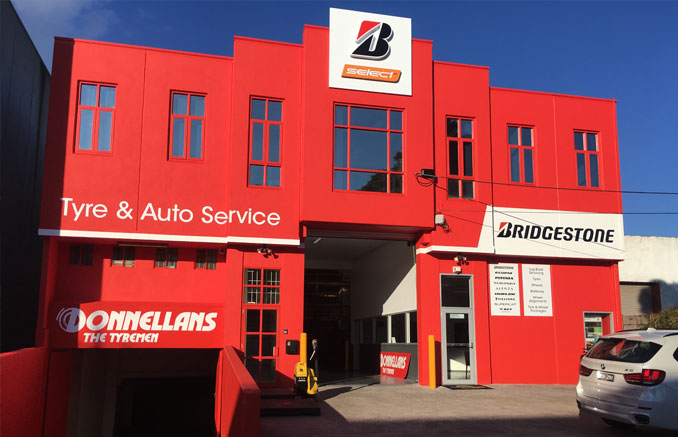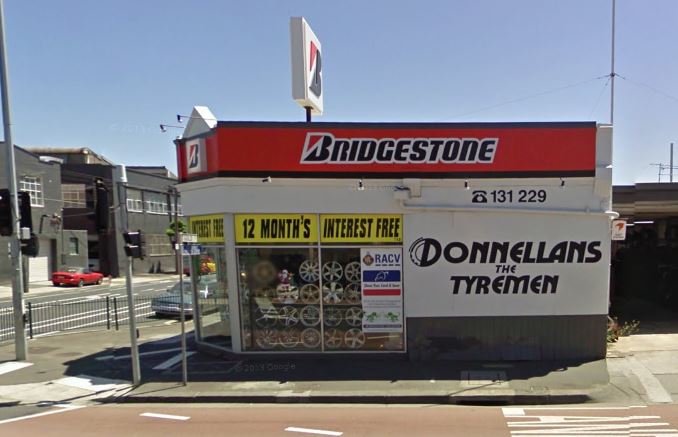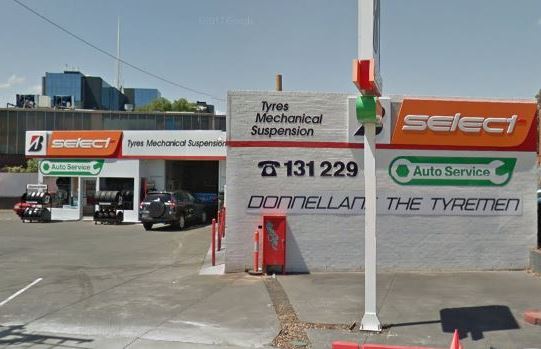Back to Latest News
Power steering servicing
Every modern vehicle you find on the roads has power assisted steering of some kind, and it’s a feature we take for granted until it fails.
What is power steering?
In the early days of wheeled vehicles with steering systems, the controls were entirely manual and often required significant amounts of strength to turn the steering wheel, especially at low speeds.
As vehicles became more popular, steering systems and suspension geometry advanced to the point where non-powered steering became easier. Leading up to the 1950’s vehicles kept getting bigger, wider, heavier and with larger tyres.
Power-assisted steering was actually conceived as early as 1876, but was never implemented into a production vehicle as the cost was deemed too great. Chrysler finally introduced hydraulic power steering into their 1951 Chrysler Imperial under the marketing name ‘Hydraglide’.
Since being introduced into production vehicles, power-assisted steering systems can be found on just about every vehicle on our roads.

What components make up power steering systems?
The power steering system in most cars is made up of relatively few components. Originally deemed too expensive, power steering systems have become simplified and well engineered to be included in even the cheapest of vehicles.
Steering rack
Power steering systems are made up of a steering rack or box that is designed to take the rotational movement of the steering wheel and turn it into a linear motion in order to turn the steered vehicle wheels.
Pump or motor
A pump or electric motor provides the energy needed to assist the driver to turn the wheels. Some systems use a belt-driven hydraulic pump that takes engine power and creates the high pressure needed to assist steering. Since the pump is being constantly driven by the engine, power and direction of the steering assistance is typically controlled by a rotary valve on the steering rack.
Some systems will use an electric motor to drive a hydraulic pump rather than an engine pulley. These systems have the flexibility to be mounted anywhere in the vehicle, as well as retaining power steering in the event of the engine stopping. Sensors in the steering column will detect the direction and force required to assist the driver.
A third common type of power steering is a fully electric type, where a motor will automatically sense and provide assistance directly to the steering column when and if needed. Most vehicles with this type of system will typically use the same motors for lane keep assist and other advanced driver features.
Fluid
Power steering fluid is a specialised oil designed to work under high pressures. Power steering fluid is designed not only to provide hydraulic power but also to lubricate power steering components and help cool steering components. Most power steering agents have anti-foaming additives to prevent air build up in the system.
Hoses
For transferring fluid from the pump to the steering rack and back, the system uses hoses. One is typically a reinforced high-pressure line, while the other is a simple low-pressure return back to the reservoir.
Power steering systems that are fully electric have no need for power steering fluid or hoses and typically weigh less than hydraulic systems.

Symptoms of a faulty power steering system
Power steering systems have been impressively simplified over the years and are now, largely reliable systems without much that can go wrong. However, where there is an issue, the symptoms are relatively easy to notice.
Unusual sounds
Most common is an unusual rumble or gurgling sound coming from under the bonnet while you turn the steering wheel. The good news is it’s usually just low fluid causing the noise. But the bad news is, that since the fluid is used for lubrication and cooling, this issue needs to be looked at ASAP.
Hard to steer
If your vehicle has all of a sudden become much harder to steer, there may be multiple causes. For vehicles with a crank-driven hydraulic pump, a common cause may be a slipping or snapped power steering drive belt, which causes the power steering system to be inoperable.
Vehicles with electric power steering of either kind can also suffer from failures where the motor will not provide power to help with steering. In this case, the issue is more than likely electrical and will require a diagnosis from a qualified workshop.
In any case, a failed power steering system will revert back to manual un-powered steering. In this event, the steering will become heavier the slower you go.
Low fluid level
As well as being a cause of many power steering issues, if your fluid level is too low, it means that something is wrong with your steering system. If the fluid level in the reservoir is getting lower over time, it’s a sure sign you have a leak somewhere.
Power steering fluid doesn’t just evaporate, so you likely have a leak somewhere.
Bring your vehicle into your nearest Donnellans for a complete system inspection and a top up with the recommended fluid for your vehicle. Donnellans the Tyreman can inspect and repair faulty and leaky power steering systems.
Donnellans can service your power steering
Donnellans the Tyremen are not just your local wheel and tyre store. We have 5 locations throughout the greater South-East Melbourne area with fully equipped workshops and a team who are qualified to perform comprehensive vehicle inspections and mechanical repairs.
Ask us today about what we can do for you! Find your local store below.
Contact us today







